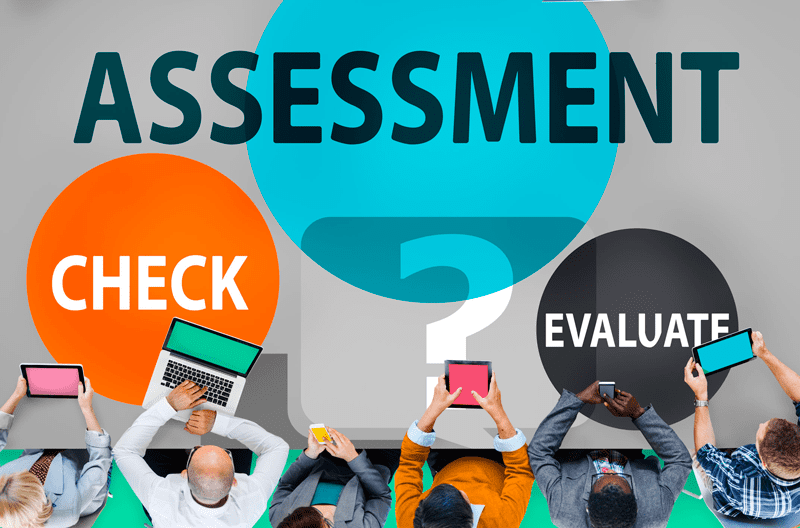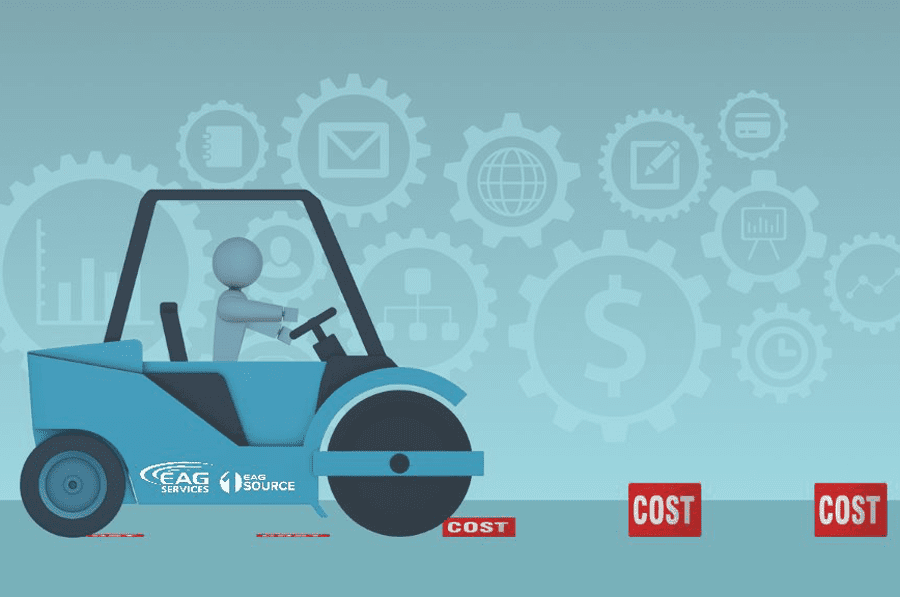With the sheer number of competing software in the industry, on top of new software being developed rapidly, it’s quite challenging for companies to determine the right solution for their business. Because of the competition, during the sales process, vendors tend to showcase the software’s latest and greatest features as the key differentiating factor and value add.
Although at face value, considering the software’s advanced features is a positive implication of the vendor’s capabilities, it is not a true indicator of whether the software will solve the company’s unique and complex problems. Rather, having the right approach, tools and engaging the right people can minimize the inevitable financial risk companies meet when selecting/implementing new software and provide a greater ROI as a result.
The Right Approach
Before considering a new software, companies must identify and define their problems by taking inventory of their current business processes, detecting gaps/pain points, and locating their data. In conjunction, they should assess their software integrations, evaluate current costs, user count, and create a projected budget to cover implementation and maintenance fees.
After gathering information, the company must map the project scope and distinguish between the most critical items to fix vs. the “nice-to-haves.” This will help drive conversations with vendors and enforce tight controls around overspending. To set a strong project foundation, the company should also outline their intended success factors and expected outcomes once the software is fully integrated.
The Right Tools
As a result of understanding the project scope, success factors, and key problems, companies should create a list of detailed business requirements that will be treated as the agenda and scoring document during software demonstrations. These tailored questions ensure the right issues are being addressed so that companies aren’t being sold on certain features they ultimately will not use.
Companies should also create a list of questions to touch on during reference calls to properly evaluate other people’s experience with the software. Getting real, peer-to-peer insight, coupled with quantitative scores of how each software measures up to the business requirements will truly illustrate whether the software is the right fit.
The Right People
It is imperative that the leadership team includes key stakeholders and users during every phase of the software evaluation process. These team members understand the business from a granular level and can therefore raise additional items to consider. However, to avoid overspending, leaders must always reinforce the agreed upon project scope and success factors when the desire for additional enhancements or features arise.
To ensure the company optimizes the use of the new software upon implementation, users must go through a robust testing and training phase. Testing the software validates the functionality works as expected and ensures the data converted correctly. The users also need to be fully trained based on their learning style in order to perform their jobs at GO-LIVE. Using the software to its maximum potential with accurate data will reduce the amount of post-implementation support and ultimately control costs.
Ultimately, the software companies use to run their business will frame how the company operates and contribute to their success. Overspending during the software selection and implementation phase is easier than people think, and when a methodological / robust approach is not considered, seemingly small costs and fees end up accumulating and can set the business back. Avoid costly pitfalls by strategically outlining your business requirements, engaging the right people, and sticking to the project scope. As a result, your business will reap the benefits of the software and use its resources to continue moving forward.
Elizabeth A. Gerbel founded EAG Services in 2003 with a vision to establish a unique consulting organization, one with deep industry knowledge to effectively partner with oil and gas clients and provide superior and cost-effective services.
Founder and current chief executive officer of EAG Services and EAG 1Source (a full-service IT and business process outsourcing firm), she is responsible not only for the company’s strategic leadership and vision, but also for providing guidance, direction and expertise to clients and team members.
Gerbel has over twenty years of ERP, land management, production management, and custom IT solution design experience working with Fortune 500 and mid-size E&P independents. She often acts as a thought leader on EAG’s engagements assisting with innovation strategy, delivering presentations on technology trends, and keeping abreast of innovations to support client initiatives.
Under Gerbel’s direction, EAG has grown to become the trusted, independent business and technology solutions source for the energy industry.








